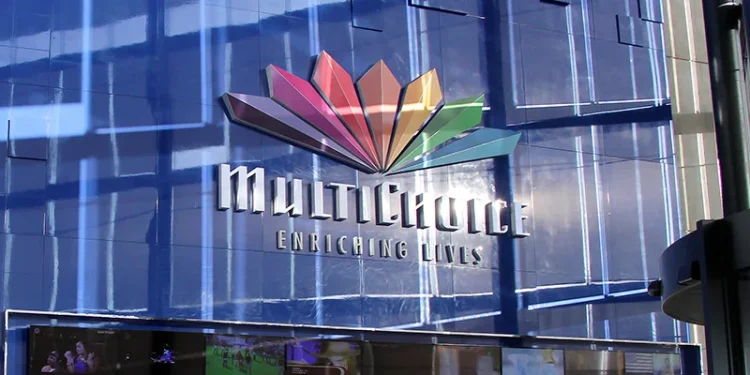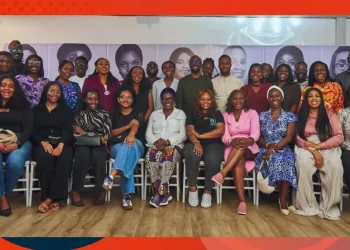MultiChoice’s decision to cut decoder prices by up to 40% from November 2025 signals a company fighting to win back millions of subscribers lost to streaming platforms. But while lower entry costs may attract new buyers, it is unlikely to solve the deeper problem of value perception in a market that has moved on from traditional pay TV.
Price Cuts That Don’t Fix the Core Problem
The decoder price slash, announced as part of Canal+’s broader strategy to revive DStv and GOtv’s subscriber base, shows that MultiChoice is prioritising affordability. In markets like Nigeria, Kenya, and South Africa, inflation and reduced disposable income have hit entertainment spending hard. A cheaper decoder may lower the barrier to entry, but it doesn’t address why customers are leaving in the first place: lack of flexible viewing options.
Streaming services such as Netflix, Showmax, and Amazon Prime Video allow users to pay monthly and cancel anytime. In contrast, DStv’s traditional subscription model still requires upfront monthly payments for entire channel bundles, even when most viewers only watch a handful of programmes.
The Missed Opportunity of Pay-Per-View
Pay-per-view (PPV) remains MultiChoice’s most underused strategy. The company has tested it occasionally for special events, but never as a mainstream offering. A PPV model, where users pay only for specific content such as football matches, movies, or live shows, would meet the modern viewer’s demand for choice and control.
With broadband penetration improving and mobile payments widespread across Africa, implementing PPV is more feasible than ever. It would also align MultiChoice with the spending habits of younger audiences who prefer microtransactions over lump-sum subscriptions.
Why PPV Could Work Now
A move to pay-per-view would allow MultiChoice to:
-
Retain occasional viewers: People who only watch major sports events or seasonal shows could remain engaged without full subscriptions.
-
Recover lost streaming customers: PPV offers flexibility similar to on-demand streaming but keeps users within MultiChoice’s ecosystem.
-
Reduce churn: Users who feel in control of their spending are less likely to cancel permanently.
-
Monetise exclusives: DStv’s sports rights and local content could generate higher per-event revenue through targeted PPV pricing.
The Future Is Flexibility
As the African entertainment market becomes more fragmented, flexibility will determine loyalty. The decoder price reduction may spark short-term sales, but long-term retention depends on MultiChoice’s ability to adapt its model to new consumer expectations.
If the company truly wants to win back the millions who have left for streaming, its best bet is not in cheaper hardware, but in giving customers the power to pay for what they actually watch.
















